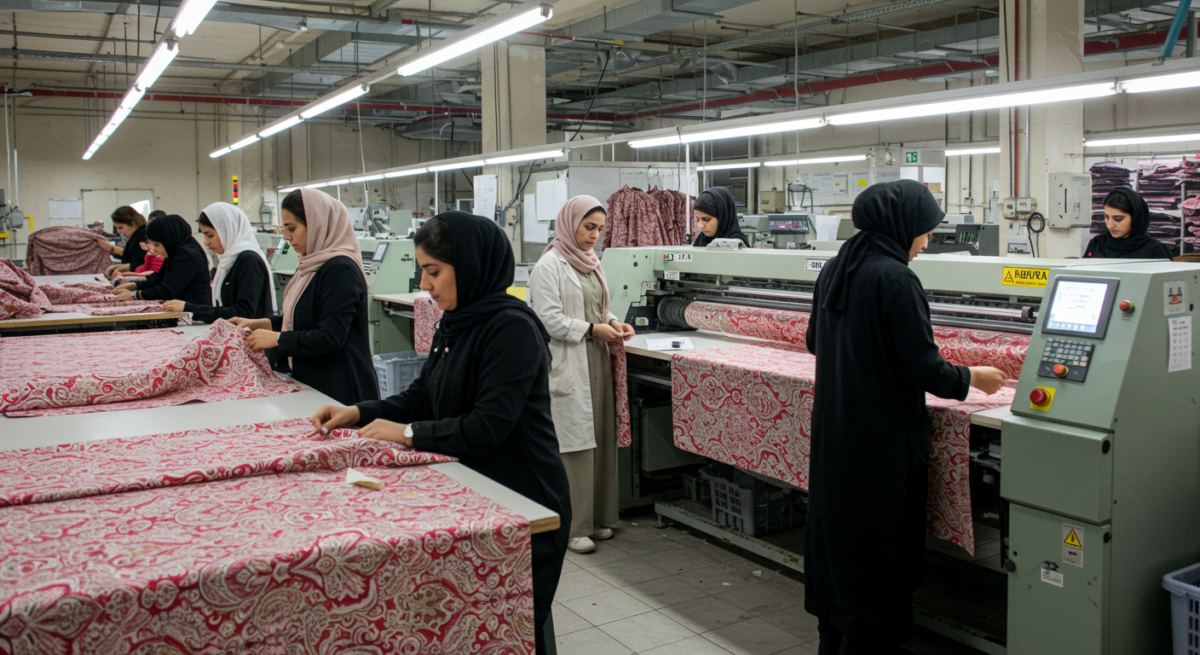Many believe that expanding global trade helps economies grow. However, a closer look at the Middle East and North Africa (MENA) region reveals that while exports are increasing, female employment is declining. The shift towards capital-intensive and male-dominated industries leaves many women without work, particularly in Morocco and Tunisia.

Female Employment Decline in Exporting Sectors
Morocco’s textile and apparel industry, which employed many women, has been shrinking. This sector accounted for significant female employment globally but suffered major job losses after the end of the Multifiber Arrangement (MFA) in 2004. As exports in other male-intensive industries expanded, female employment opportunities declined significantly.
Tunisia is experiencing a similar trend. A $1 billion increase in export exposure reduced the female-to-male employment ratio by 6.8 percentage points. Married women were particularly affected, with many dropping out of the labor force. The growth of male-dominated industries has further limited female employment opportunities.

Female Job Loss and Market Segmentation
Gender segmentation in the labor market plays a crucial role in this shift. Many industries in MENA remain heavily divided by gender, making it harder for women to transition into new sectors. Women cannot access new job opportunities in growing industries due to high mobility costs and limiting social expectations. This imbalance means that while trade increases overall employment, women are disproportionately losing jobs.

Solutions to Support Female Employment
Encouraging female participation in male-dominated sectors is essential for policies reversing this trend. Governments should invest in skill training, education, and incentives for companies to hire more women. Additionally, expanding female-friendly industries, such as high-end light manufacturing, could provide new opportunities for women in the workforce.
To ensure economic growth benefits everyone, we must address gender bias in labor markets. Without targeted efforts, the trend of female job losses in export-driven economies will continue, widening the gender employment gap in MENA.


